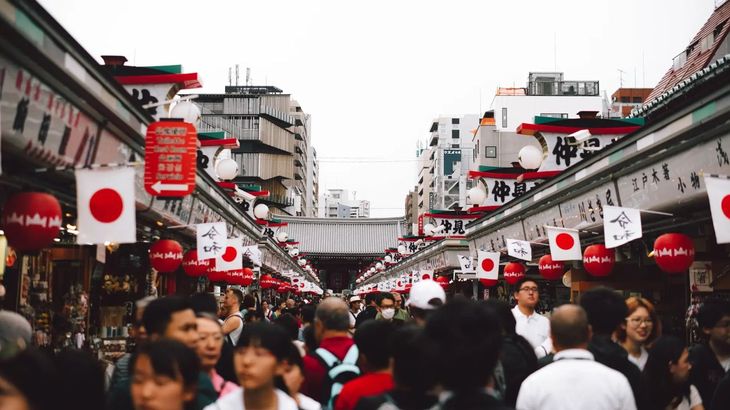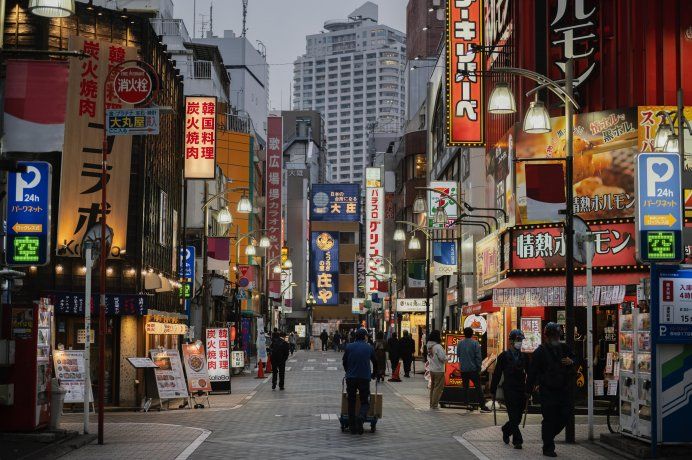Its growth was not overnight, but a set of long -term effort and dedication to get ahead.
Almost all countries in the world that are now at the top, had a period where they had to reorganize forces and propose new political and economic models to get out of stagnation and resurface as the powers that are today. Japan It is no exception.
The content you want to access is exclusive to subscribers.
The history of “Japanese miracle “ It is, without a doubt, one of the most fascinating of the twentieth century. Throughout the decades after the Second World WarJapan went from being a country devastated by war to one of the most powerful economies in the world.


Japan.jpg

Vestiges of World War II
The Second World War He left Japan in ruins. The cities were razed by aerial bombing, and human losses were incalculable. Atomic bomb attack to Hiroshima and Nagasaki In 1945 he represented the peak of the destruction suffered by the country. However, beyond physical damage, defeat left a deep mark on the Japanese mentality. It was in a desperate situation, with its destroyed infrastructure, its paralyzed industry and its National Moral for Soils. But, despite this devastation, a collective will of rebuild and overcome tragedy.
The American occupation
The American occupation under the command of General Douglas MacArthur It was a turning point in the history of Japan. From 1945 to 1952, the United States exerted a direct influence on the country, not only in military terms, but also political and economic. One of the first steps of the occupation was the Japanese political system reform. MacArthur introduced a new constitution that guaranteed the human rights and sovereignty of the Japanese people, eliminating militarist character of the country.
But beyond political reforms, it was the Economic modernization The greatest achievement of the occupation. The United States introduced a free market economic system, favoring competition. Japan adopted measures to dismantle the greats Zaibatsu (industrial conglomerates) that controlled the economy, which allowed a more equitable distribution of production.
Japon-Tokyo

Freepik.es
New policies and true growth
However, true takeoff from Japan occurred in the decade of 1950, when economic policies focused on the sustained growth. Instead of depending on traditional industries, Japan opted for technological innovation and heavy industry. The creation of industrial conglomerates such as Toyota, Sony and Mitsubishi It allowed Japan to become a world leader in the manufacture of cars, electronics and machinery.
Through state intervention policies, such as Creation of credit institutions And infrastructure investment, Japan managed to maintain high growth rates for several decades. In addition, education and technical training played a fundamental role. The Government invested in human capital trained that could handle new technologies and production processes.
Japan, which in the 40s seemed condemned to poverty and destructionemerged as an economic power in the 60s and 70s, demonstrating that the country had achieved something extraordinary.
Source: Ambito



